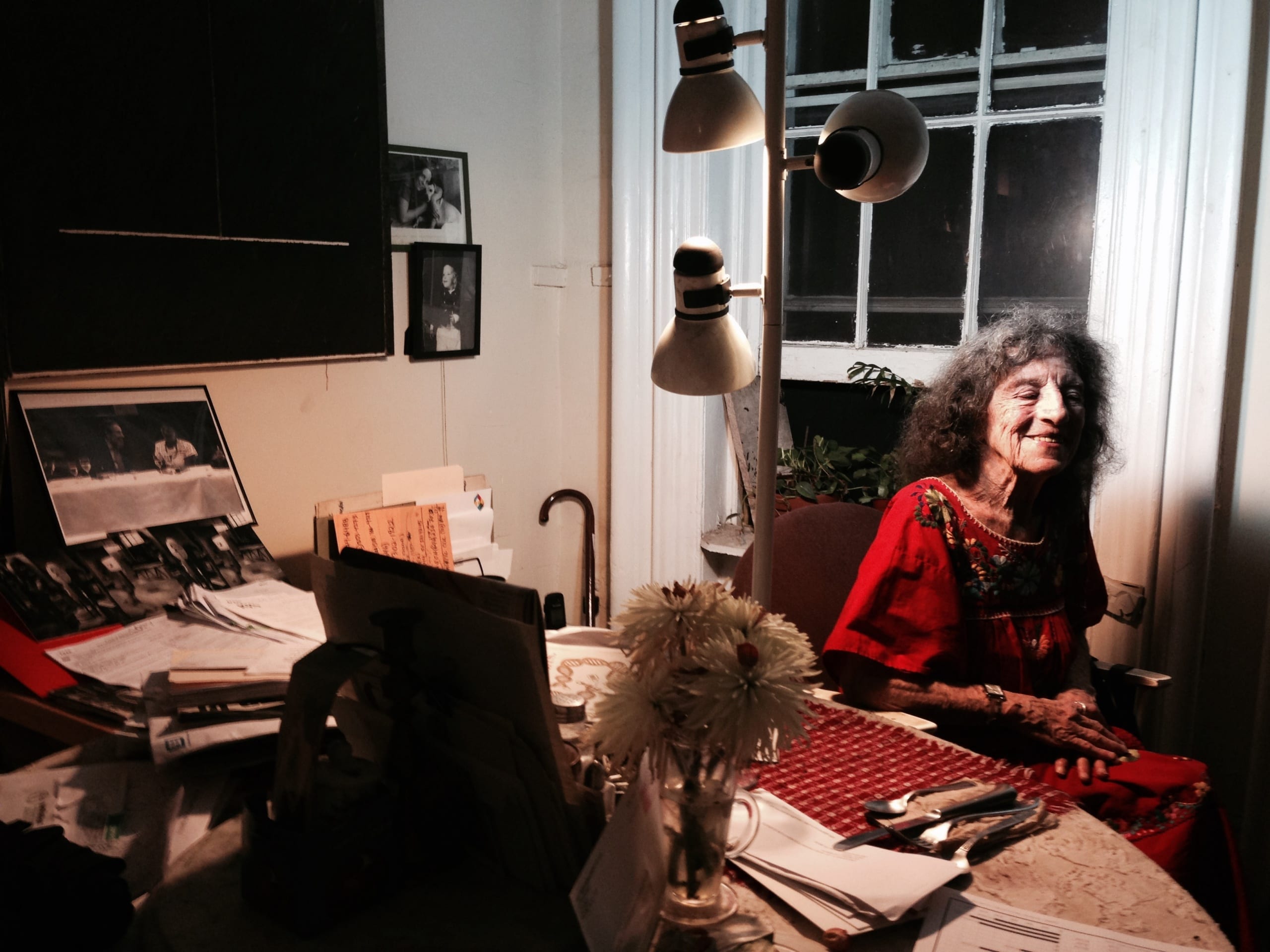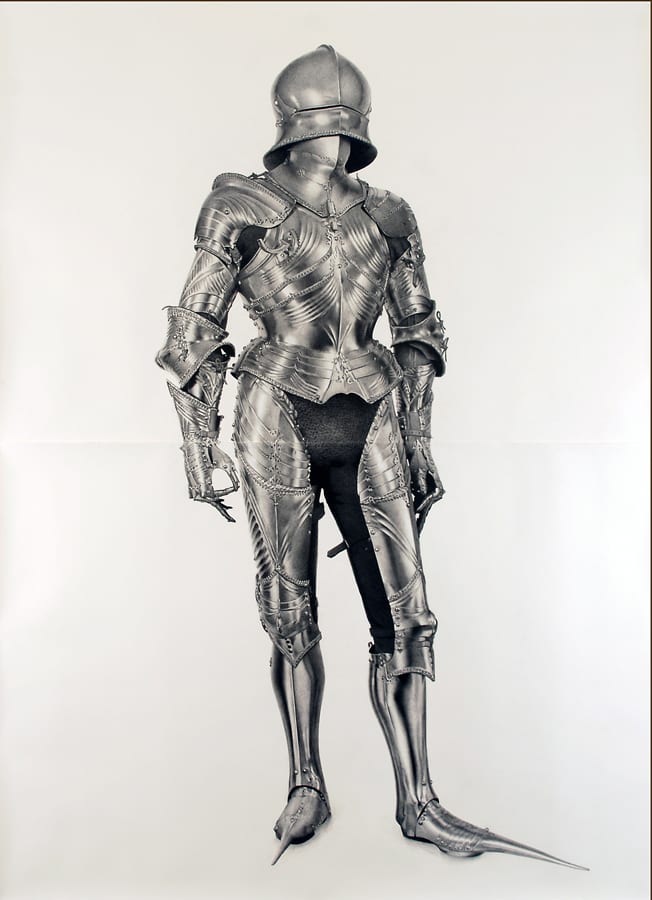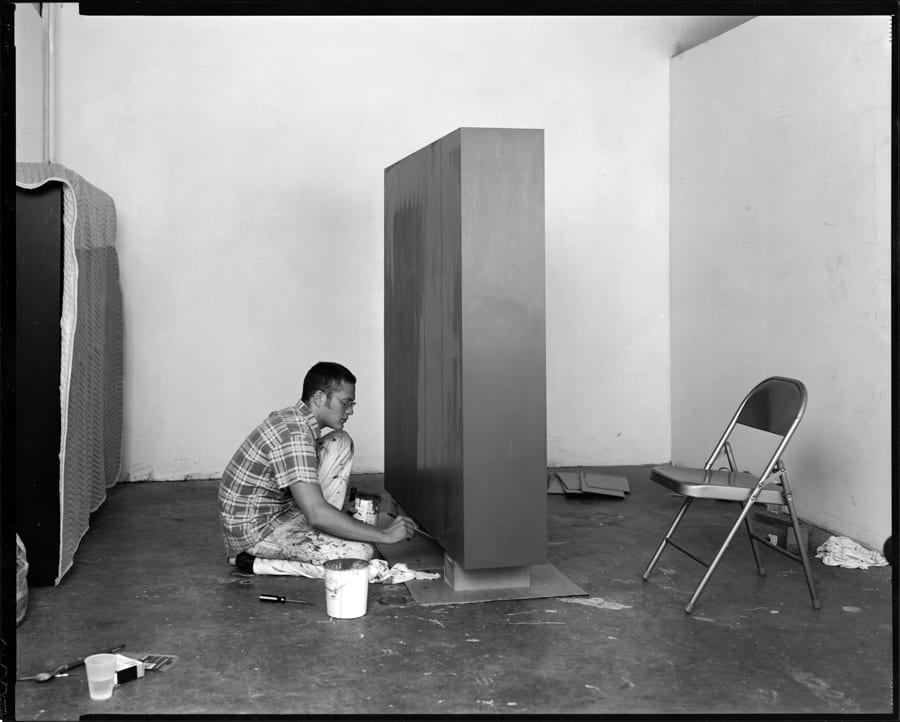By Ryan Kuo
“As platforms from Submittable to Snapchat streamline personal publishing into drag-and-drop gestures,” writes Ryan Kuo, “the work being submitted becomes not the work, but a signpost redirecting us to a semblance of the work, subject to Terms and Conditions.” “In Submission” is the first of a three-part series by writer and artist Ryan Kuo for Art Journal Open
Category: Texts + Documents
Communing with Dore Ashton
By Michael Corris
A tribute to Dore Ashton, “one of the most energetic, widely published, and politicized American writers on art, and one of the chief proponents of the artists of the New York School (she decried the label Abstract Expressionism).” Michael Corris shares his remembrances of Dore Ashton as well as the audio and transcribed text from their 2011 conversation about Ashton’s experiences with the New York art world in the 19650s and 1960s. Alfredo Jaar’s film, Dore Ashton, you know (2015), and photographs by Madeline Djerejian and Polly Bradford-Corris are also presented here
To Record, to Interpret, to Comment
By Anna Craycroft
In “To Record, to Interpret, to Comment,” Brookyn–based artist Anna Craycroft asks readers to reconsider how we come to know what we think we know about the history of modernist photography and the photographer Berenice Abbott, which draws from Craycroft’s extensive research into Abbott’s writings, photographs, letters, inventions, and other archival materials
Knight’s Heritage: Karl Haendel and the Legacy of Appropriation, Episode Three, 2013
By Natilee Harren
In “Episode Three, 2013,” Natilee Harren looks at artist Karl Haendel’s practice of appropriation within the context of today’s image culture. This is the third and final part of her essay, “Karl Haendel and the Legacy of Appropriation.”
Response to Natilee Harren’s “Knight’s Heritage: Karl Haendel and the Legacy of Appropriation, Episode Three, 2013”
By Nate Harrison
Nate Harrison responds to “Episode Three, 2013,” the third and final part of Natilee Harren’s essay, “Karl Haendel and the Legacy of Appropriation.”
Knight’s Heritage: Karl Haendel and the Legacy of Appropriation, Episode Two, 2012
By Natilee Harren
In “Episode Two” of her three-part essay, “Knight’s Heritage: Karl Haendel and the Legacy of Appropriation,” Natilee Harren explores appropriation, artistic heritage, and medieval suits of armor through the context of an encounter between Karl Haendel and an artist of an earlier generation, Robert Longo.
Response to Natilee Harren’s “Knight’s Heritage: Karl Haendel and the Legacy of Appropriation, Episode Two, 2012”
By Nate Harrison
Nate Harrison responds to “Episode Two, 2012,” the second part of Natilee Harren’s essay, “Knight’s Heritage: Karl Haendel and the Legacy of Appropriation.”
Knight’s Heritage: Karl Haendel and the Legacy of Appropriation, Episode One, 2000
By Natilee Harren
In Natilee Harren’s three-part essay series on issues of appropriation and artistic heritage, she examines episodes in the work of the Los Angeles–based artist Karl Haendel. In “Episode One,” Harren looks closely at Haendel’s Knight’s Heritage, 1963 (2001), which he made as a graduate student, and how it relates to the career and work of the sculptor Anne Truitt (1921–2004). Haendel made his work, a reconstruction of a 1963 work by Truitt, based on photographs, without ever having seen the Truitt sculpture itself.
Response to Natilee Harren’s “Knight’s Heritage: Karl Haendel and the Legacy of Appropriation, Episode One, 2000”
By Nate Harrison
Nate Harrison responds to “Knight’s Heritage: Karl Haendel and the Legacy of Appropriation, Episode One” by Natilee Harren.
The New Geography: Earth Music and Land Art, Version 2.0; Comparison #3
by Mike Maizels
As the first pair of artists in this series examined the semantics of local places, and the second explored the possibility of picturing the world in totality, both artists in the final pairing investigate the question of geographic epistemology—how do the materials facts of the external world become the objects of systematic human understanding?
The New Geography: Earth Music and Land Art, Version 2.0; Comparison #2
By Mike Maizels
Mike Maizels examines Shawn Brixey’s Epicycle (2000) and Robert Smithson’s Pointless Vanishing Point (1967) in the second installment of The New Geography: Earth Music and Land Art, Version 2.0.
The New Geography: Earth Music and Land Art, Version 2.0
By Mike Maizels
The apologists for “Big Data” seem to be everywhere these days. In forums ranging from TED talks to marketing campaigns, we are now being bombarded by the just-on-the-horizon possibilities of Total Information. It is no surprise that a particular articulation of these ideas has also surfaced in the world of contemporary art practice.












